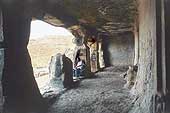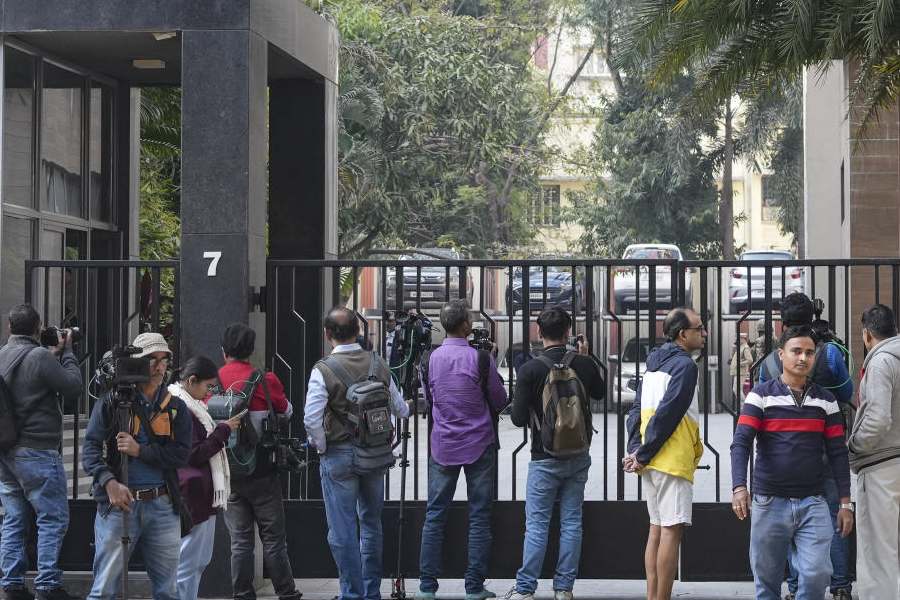Sometime between the thousand misty years — no one knows for sure how many— dividing the 2nd century BC and the 8th century AD, a series of cave shrines came up in the western parts of what is now India. In these quiet grottos, priests and sculptors congregated in contemplative peace while in the outside world, kings and conquerors, statesmen and yes, ambitious artists, strove and fought for power and domain. But in the anonymous backwaters came up the Elephanta Caves near Mumbai’s southern tip, the caves at Kanheri, Karjat, Karla and Bhaja, and the Ajanta and Ellora marvels.
And then there was Lonad. Located 65 km from Mumbai, near the powerloom town of Bhiwandi, a mysterious Buddhist cave dating back to the 5th century AD has revived the interest of historians and archaeologists. Lonad was discovered in the early 1800s by British gazetteers, but what has reawakened interest in the ancient Buddhist shrine is the assertion by Thane-based Konkani Muslim historian Professor Dawood Dalvi in his soon-to-be published book that the ancient structures of Lonad were the prototype of Ajanta-Ellora. “What makes the cave shrine archaeologically important is the fact that it was created on an unusual monk route, and has the prayer and assembly halls together in the cave,” he says. “In Ajanta and Ellora, we find such composite cave shrines.”
“Can you imagine?” he asks, gesturing excitedly after the 15-minute uphill hike to Lonad, “more than a thousand years ago, unknown Buddhist monks stood on this very ground?” But the structures lie in utter neglect in Lonad today.
Stone has crumbled or been taken away by villagers for their houses and the Maharashtra State Directorate of Archaeology doesn’t have the infrastructure to protect the monument. Nobody knows exactly when the cave was created. Nobody knows how long it was in use. And nobody knows when or for what reasons the monks left the cave incomplete.
 |
Blessed to give: Jataka tales are essentially moral stories that pepper Buddhist philosophy. Here, Prof. Dalvi, at the mouth of the cave, narrates the one about King Sanjaya’s son Vishwantara who was known for exaggerated notions of generosity. Sanjaya, realising the danger of this, banished him from the kingdom, but presented him with an elephant to accompany him. Vishwantara and his family set out on their journey. On the way he gave away his elephant and his children to two Brahmins. Lord Indra, deciding to test him, demanded that the prince give him his wife, Madri. When Vishwantara agreed, Indra blessed him. This story is carved in a panel that runs the entire breadth of the cave entrance.
 |
In custody: The carving shows King Sanjaya surrounded by his entourage, which includes Hariti the Yakshini who used to kidnap and eat children. To teach Hariti a lesson, Buddha stole her child and kept him in his custody. When Hariti approached Buddha for help, he extracted a promise from her that she would henceforth act as the protector of children. From that day, Hariti the Yakshini was known as their protecting goddess. Hariti is a common figure in Buddhist sculptures. In this panel, Hariti is shown with a child in her lap.
 |
Fusion: The elephant-headed Hindu deity Ganesha has long been a part of Buddhism. There are several instances of Ganesha motifs in Buddhist cave shrines. Here is yet another image of the god carved into one of the three pillars in the cave. On the left of this pillar exists a square drinking-water reservoir whose source remains a mystery











